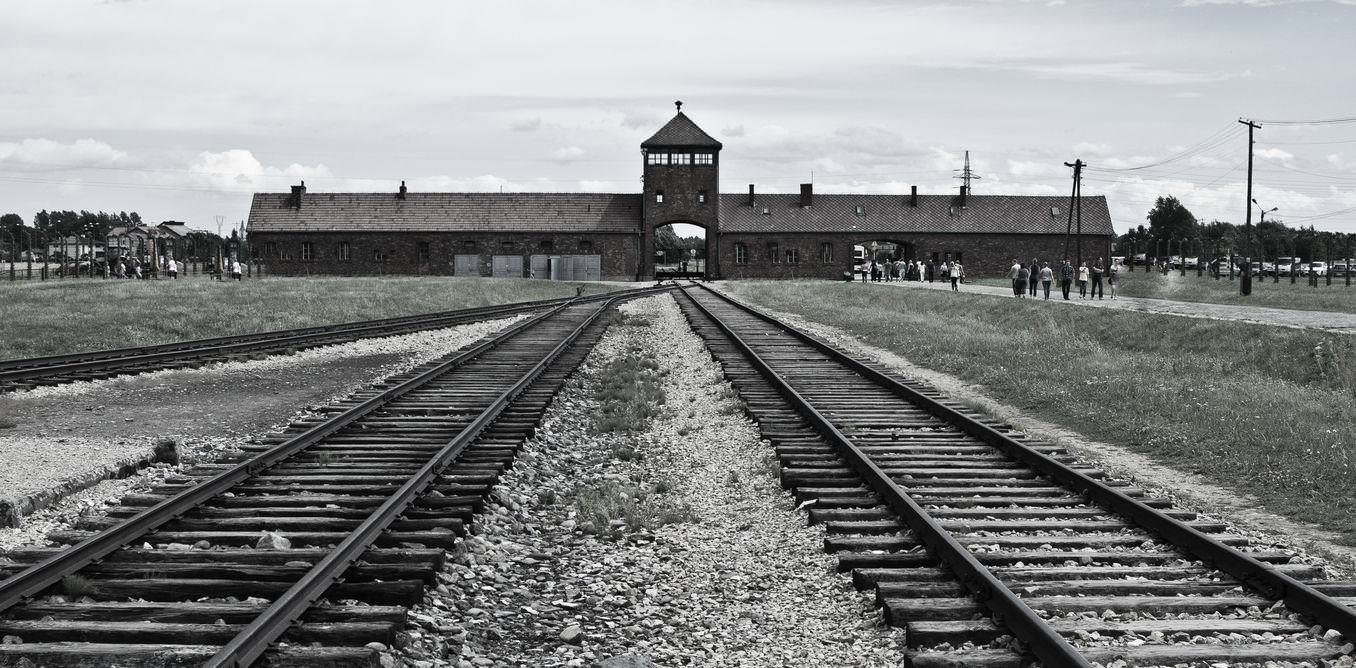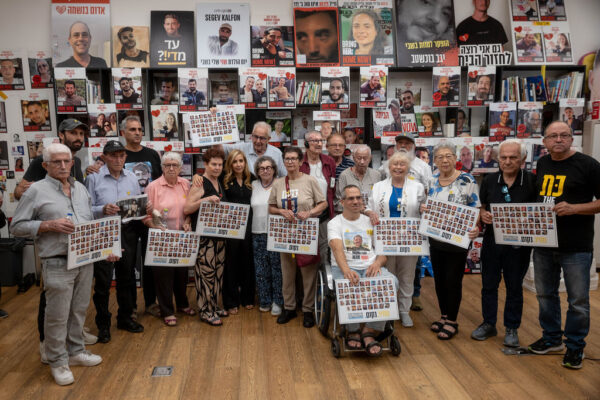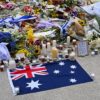
On October 7 1944, a group of prisoners in Auschwitz-Birkenau took up tools and stones and attacked their SS guards. Some attempted to flee, others ran into a nearby building and set it on fire. Another section of their group stationed some half mile away killed a kapo, or prisoner-overseer, broke out of their building, cut the wire fence and escaped into the countryside. Before they had covered more than a few miles, they were tracked down and killed.
This revolt was the largest and most determined uprising that happened in Auschwitz-Birkenau. But it met with little success. It certainly did not save the lives of those who took part in it: about 450 members of their work group were killed in the uprising or in retaliation for it. Nor does it seem to have had much effect on Birkenau’s killing capacity.
But this probably does not account for the relative obscurity of the revolt. Instead, the status of those who were involved in it often causes people to hesitate before discussing them. This work group, or “special squad”, is more often known by its German name, Sonderkommando. They were slave labourers, almost entirely drawn from Jewish arrivals to Auschwitz, who were forced to process and dispose of the bodies of those murdered in the gas chambers. They were marked for death in their turn. Indeed, their revolt was a response to the imminent threat of being deported and murdered.
Cut off from the rest of the camp, the Sonderkommando became objects of queasy fascination even before its liberation. Myths of them as unfeeling drunkards who had given up their humanity for a few more weeks of life circulated between prisoners, and were perpetuated afterwards.

In fact, their resistance to their “work” went far beyond the last minute scramble to save their lives on October 7. They made efforts to record what they saw in photographs smuggled outside the camp and writings buried in the grounds of the crematoria. The photographs are the only ones taken of the extermination process within Birkenau. The writings, sometimes called the “Scrolls of Auschwitz”, discovered between 1945 and 1980, show them to have been planning a revolt for months, but also to be agonisingly self-aware, and concerned with communicating their knowledge to the outside world.
Post-war discussions of the Holocaust have had little to say about these writings, however. While few historians have said much about the Sonderkommando (with the major exception of Gideon Greif), literature and film have taken some interest, but in ways that serve to circulate the myths.
Sonderkommando stories
In some of the earliest novels in North America to address the Holocaust in the 1950s and 1960s, characters who are former members of the Sonderkommando function as archetypal survivors: psychologically damaged but also morally suspect. Holocaust survivors in general were often greeted with unease, facing questions of what compromises they had made and at whose expense. The Sonderkommando clearly stood for this moral dilemma more than any other figure.
By the 1980s, a very different set of ways of presenting the Sonderkommando arose. Greater knowledge of the specific details of the Holocaust produced more of a sense that the Holocaust was a uniquely total attempt to exterminate a people, and a concomitant belief that it tested the capacity of art to represent it.
Claude Lanzmann placed one member of the Auschwitz Sonderkommando, Filip Müller, at the centre of Shoah (1985), his nine-and-a-half-hour documentary film about the “final solution”. For Lanzmann, Müller’s story could only be told through testing the boundaries of film making, stretching it out almost beyond the limits of an audience’s endurance. Müller’s speech rhythms were slowed to a glacial pace, the spliced-in silences resonated with the emptiness of the landscapes over which it served as a voice-over.
And Primo Levi devoted part of his essay “The Grey Zone” (1986) to the Sonderkommando. For him too, silence was the only possible response. He urged readers to dwell on rather than pass over the Sonderkommando’s situation, but argued that such meditation could only end in the impossibility of judging them.
New voices
In the 21st century, with the distance of time and a greater sense that it is possible to draw links between the Holocaust and other genocides and atrocities, the story of this group has become more readily tellable. The fiction film The Grey Zone (2001) and an X-men comic, for example, both dared to present narratives of their lives within the crematoria. But they did so by working with rather than against generic conventions, casting them as anti-heroes.
As these examples show, this new readiness to tell stories about the Sonderkommando does not mean that their voices are listened to. In Martin Amis’s Zone of Interest, a fictional Sonderkommando quotes one real member’s writings and calls them “disgusting”. The first part of Sebastian Faulks’s A Possible Life, a tale of a British POW who is forced to work in a camp crematorium, is based on a fake memoir.
Even the far more thoughtful and impressive Son of Saul (2015), for all its formal strictures of filming, tells a story with a well-defined plot: one protagonist on a quest to bury one child. And this premise was adapted from an account recorded by Miklós Nyiszli, who knew, but was not part of, the Sonderkommando.
But there are stories from the Sonderkommando themselves – found in the “Scrolls of Auschwitz” – that show them mourning and memorialising relatives and friends, not as the traumatised, unfeeling automata of legend.
Zalman Gradowski dedicated the beginning of each section of his manuscript to the dead members of his family. Leyb Langfus powerfully recorded his own feelings of helplessness when he was unable to protect his son, devoting a chapter in his account of the extermination of his home town. Zalman Lewental, who recorded a history of the revolt, also took the time to list the names and even sketch out the personalities of those he saw as the main figures of the resistance. All of them devoted material and creative resources to conveying how they felt to future audiences, not simply to provide them with the necessary facts, but to allow their readers to gain insight into them as human beings.
So the increasing interest in the Sonderkommando should be taken as an opportunity to attend to the stories they themselves told, rather than simply placing them within easier, wider narratives.
Originally published HERE






